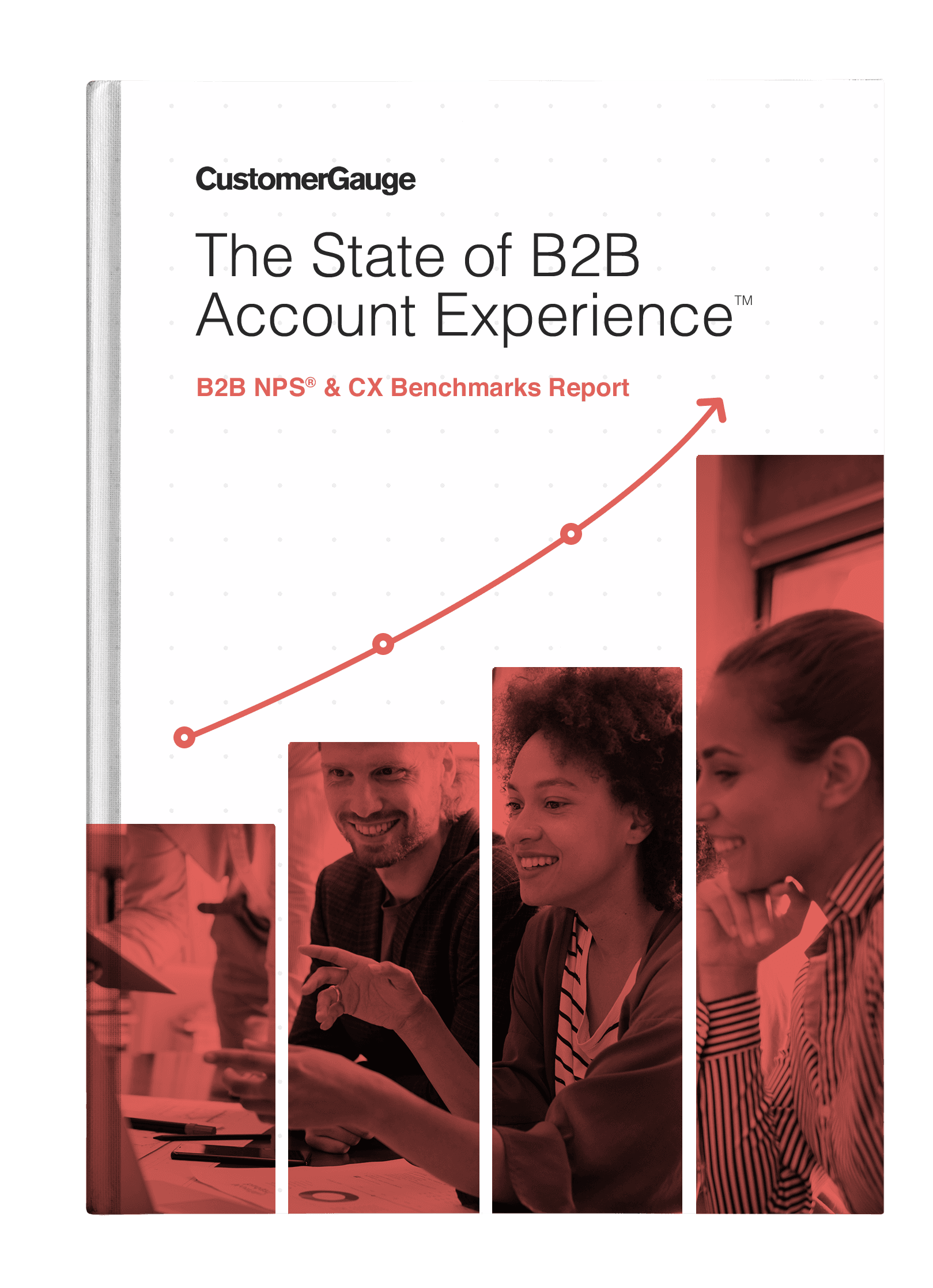Guide to NPS in Retail and 47 NPS Benchmarks for Retail in 2025
by Ian Luck
In this guide to Net Promoter in the retail industry, you'll find a ton of our best practices for setting up your Net Promoter survey program gained from over 10 years of improving companies in this industry.
We'll also take a look at the NPS benchmarks from 47 companies in our 10,000-strong database of NPS scores—so you can compare and rank yourself today.
As a quick summary, here's what you'll find in this article:
What's in the article?
1. NPS in retail—the basics:
- What is Net Promoter?
- Why is NPS important for retailers?
- Why Retail NPS Surveys Top Trump Old-School Feedback
- How to run an NPS survey and collect data
- How to calculate NPS
2. NPS benchmarks in the retail industry:
- The average NPS benchmark for retail
- 47 NPS benchmarks for big retailers
3. NPS score best practices:
- How to improve your NPS score
- Net promoter best practices
Let's dive into the deep end:
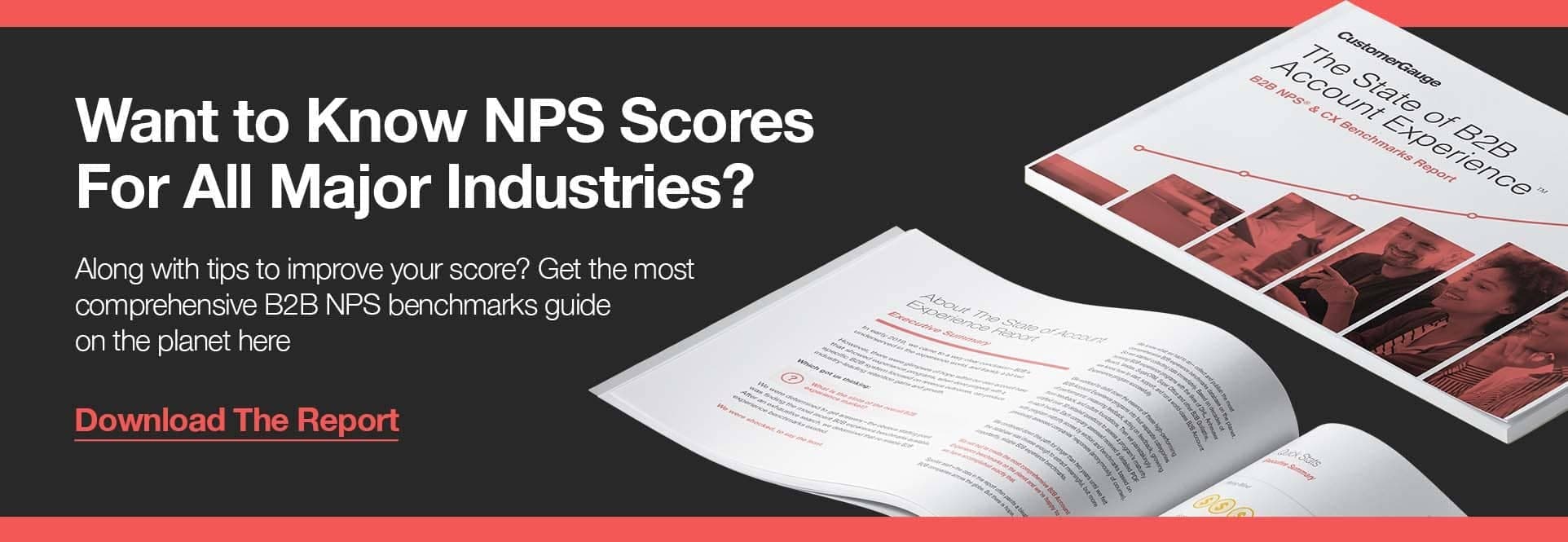
What is a Net Promoter Score (NPS) in Retail?
The Net Promoter Score is a metric used to gauge brand loyalty. It is the first step in understanding the consumer mindset so you can improve your customer experience.
Originally developed by Fred Reichheld in 2003, net promoter scores have become a metric used by successful brands globally to drive satisfaction, growth, and revenue. A net promoter score survey asks one simple question:
“How likely is it that you would recommend our company/product/service to a friend or colleague?”

Customers are asked to rate your brand on a scale of 1-10 and their answer categorizes them as a promoter (perfect for upsells and referrals), a passive (an unengaged, low-loyalty customer) or a detractor (a risk of spreading negative and unlikely to ever become your customer again).
In this article, we’ll look at the average net promoter score for retail, including 47 NPS score benchmarks for leading retailers, and then we'll teach you how to calculate your own score a little later in this guide.
Why is NPS in Retail Important?
By examining their net promoter score, retail companies can improve customer service and grow their business by:
Measuring and analyzing customer feedback
Closing the loop to optimize business processes
Monetizing NPS to correlate with revenue and measure retention and referrals
Growing the existing customer base through referrals, up-sells and cross-sells
Many brands use NPS retail benchmarks simply as a research tool to understand customer feedback and identify issues and fixes. However, the ultimate goal is to unlock value-based growth.
At CustomerGuage, we use our Account Experience methodology to help clients act faster on customer feedback and capitalize on opportunities for upselling and referrals that lead to measurable revenue increases.
Furthermore, by tieing NPS to operational and financial metrics, you can tackle the drivers of customer disloyalty and detraction that have the biggest impact on your bottom line.
Why Retail NPS Surveys Top Trump Old-School Feedback
It wasn’t all that long ago that ‘Mystery Shoppers’ were still a common thing in the retail industry. Companies liked them because they thought they were unbiased and would deliver greater insights. But the volume and accuracy of the data derived from an NPS survey far outweighs the insights of old-school methods like mystery shopping because they are real-time and based on several consumer touchpoints rather than one interaction.
“What we got was a once a month shop—if we were lucky—of this single moment in time...We usually didn't get the results for another week. Then, once we got those results, it took us another week or two to go back and react to those results, and it was all based on one singular experience.”
—Cary Self, Former Senior Manager at Areas (Now, VP of Education, CustomerGauge!)
Like many companies, Areas witnessed a huge impact when they switched to using NPS. Between the first and most recent surveys:
Their average net promoter score increased from 30-40% to pushing high 70s.
Their feedback response rate quadrupled.
Decisions became more focused and less reactive.
Engagement between the company and its guests became more regular, smooth, and efficient.
How to Run an NPS Survey and Collect Data
The best way to run a survey is to use dedicated NPS software to help you design, create, and implement it. Before you get started or commit to a solution that may not be right for your business, we recommend you check out our full range of CustomerGauge NPS resources, including field guides, tool kits, eBooks, podcasts, webinars, and whitepapers.
You’ll need to decide how to send out your survey—email and in-app options tend to be the most popular in retail. Then, it's just a matter of designing a survey that will provide the best quantitative and qualitative data.
Designing an Effective NPS Survey
If you’re just starting out, creating a survey that generates the highest number of responses and actionable data can seem daunting. But it needn’t be. First, focus on the questions you ask, then put processes in place to maximize feedback and data collection.
Writing NPS Questions
Your questions should be worded simply to minimize confusion and maximize response rates. Something like this.
“How likely are you to recommend [service or company name] to a friend or colleague?”
You should also include an open-ended follow-up question to collect qualitative data. Example follow-up questions include:
What is the primary reason for your score?
How can we improve our service?
What did you like most/least about[service, company name]?
At CustomerGuage, we find our customer's best NPS programs are based on asking just three questions. Asking only one or two will produce data that has limited actionability, while making your survey too long leads to low response rates and inaccurate answers.
A particularly good way to collect more information without overwhelming respondents is to use cascading questions. These offer a customized experience because only follow-up questions that are relevant to the score they gave will be displayed.
Maximizing Results From NPS Data Collection
Here are our top tips for getting as many responses as possible and maxing out on additional information streams.
Add a Comment Box
Giving respondents an option to provide additional information means you collect even more data. Plus, it shows you are open to feedback and you care about consumer experiences beyond the scope of the survey. On CustomereGuage surveys, we’ve found 44% of respondents leave additional comments.
Add a Tick Box
Build a continuous feedback loop with consumers who are happy to weigh in and give regular feedback by asking permission to contact them again in the future.
Send Reminders
This is a no-brainer for achieving a higher response rate. The trick is knowing when to follow up, so you’re neither hassling people too soon nor compromising accuracy by leaving it too long. We’ve found somewhere between 3-7 days typically works best.
Say Thank You!
We’ve found that 75% of successful NPS programs send a follow-up “thank you” message.
Don't Forget to Test!
Testing internally before sending allows you to gather feedback and fix any layout or formatting errors, broken links, etc., that look unprofessional and could deter people from responding.
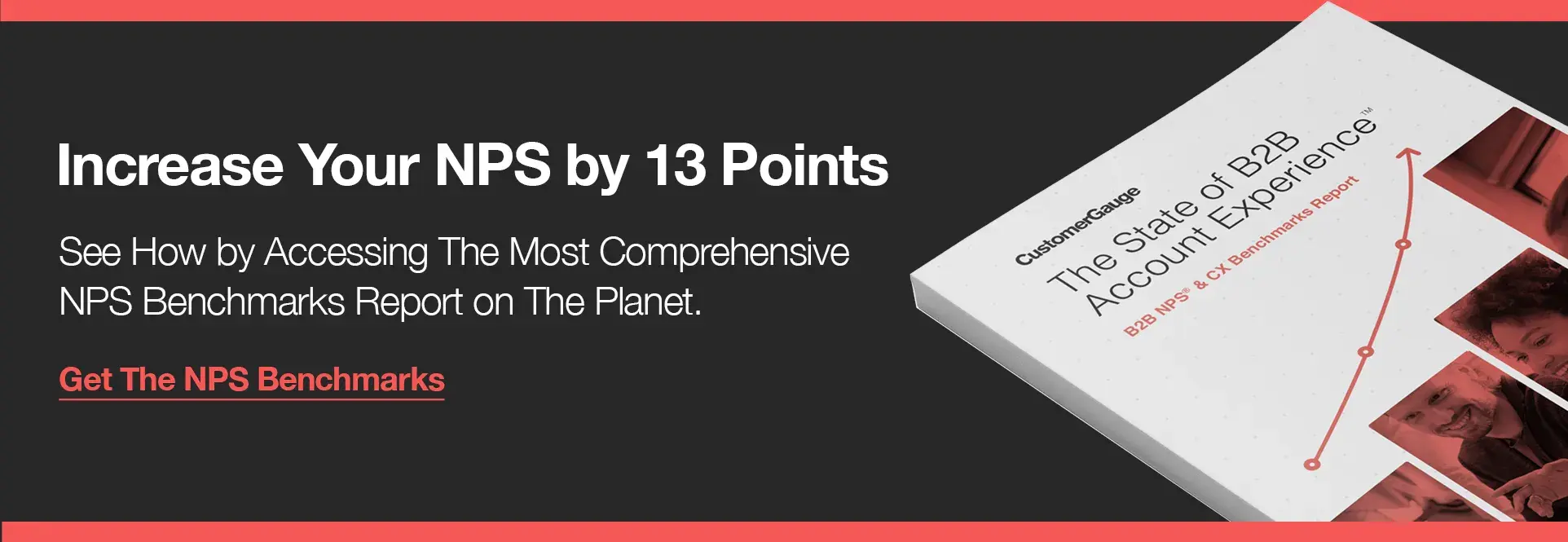
When to Run an NPS Survey for Retail
There are two types of survey you can use to get your retail net promoter score. The best time to send your questionnaire depends on what type of survey you send:
Transactional surveys - Transactional surveys are sent following a specific event or customer service interaction - like a product purchase or a call to the customer support hotline. It’s best to send transactional surveys out immediately to achieve the best response rate.
Relational surveys - Relational surveys measure satisfaction over time and are usually sent periodically to ensure that customer happiness is being continually maintained and improved.
With either type of survey, bear in mind that:
If you send a survey too soon, respondents won’t be able to answer questions about satisfaction or whether they’d recommend you.
Leave it too long, and their experience won’t be fresh in their memory.
Nobody likes being spammed by feedback requests, so don’t send surveys too frequently - however badly you want/need the data.
Check out our handy guide about when to send an NPS survey for more detailed information.
How to Calculate Your NPS Score in Retail Programs
NPS scores range between -100 and +100. You’ll find that NPS retail benchmarks vary considerably between different industries, but we’ll dig into that further in the following sections.
First, you’ll need to separate respondents into one of three categories:
Promoters – Those who give scores of 9 or 10
Passives – Those who give scores of 7 or 8
Detractors – Those who give scores of 0-6
NPS score calculation is no different in retail. To calculate your score, discount the passive results and subtract the percentage of detractors from the percentage of promoters. For example, If 60% of respondents are promoters, 20% are passive, and 20% are detractors, your net promoter score would be 40.
If you struggle with recording and analyzing your data, you can use the CustomerGuage NPS calculator in Google Sheets to make light work of your calculations.
To achieve the best results in retail, NPS scores should be tied back to revenue metrics, although this can become complex and you're better off with an experienced guide. Before you begin, we recommend reading our guide to Account Experience and reaching out to one of our team for advice.
Net Promoter Score Scale: Promoters
Promoters are customers who are willing to recommend you to others and bring in more potential buyers. They’re also the ones most likely to leave good reviews, and because they already feel valued, they are typically open to hearing from you more often.
Net Promoter Score Scale: Detractors
Detractors are unhappy customers at risk of churn and leaving bad reviews, etc. Dissatisfied customers are bad for business, especially in sectors like retail. NPS surveys identify unhappy customers early, allowing for intervention before they slow your growth.
Net Promoter Score Scale: Passives
Just because passive responses don’t count towards calculating NPS scores doesn’t mean they are insignificant. Passives are on the fence and need to be encouraged to become promoters before they ditch your products in favor of a competitor.
Competitor benchmarks are a powerful motivator for your NPS program—and we know how intriguing it is to stack rank your current progress.
NPS Retail Benchmarks for 2022
In terms of global benchmarks, SurveyMonkey reveals that:
The lower quartile (bottom 25%) or organizations have an NPS of 0 or lower.
The median NPS is +44.
The upper quartile (top 25%) of organizations have an NPS of +72 or higher.
NPS retail benchmarks vary by business type. That means it’s most valuable to compare your NPS to other businesses of a similar type and size.
What's the average NPS score in the retail industry?
According to our latest NPS and CX Benchmarks Report, the average net promoter score for retail and consumer goods is 41.
However, there’s still a great deal of variance depending on the type of goods for sale.
Let's take average NPS scores for electronics as an example:
- Tablets - 47
- Smartphones - 38
- Laptops - 37
- Software and apps - 28
So, as you can see, the answer to ‘what is a good NPS score?’ is not necessarily straightforward and really depends on who you are and what you sell, how you collect your data, and which sectors, companies, and products you compare your brand to.
To kick-off your research, let's take a look at 47 NPS benchmarks from companies in the retail sector:
47 NPS score benchmarks in the retail industry
Company Name | NPS Score Benchmark |
39 | |
39 | |
39 | |
35 | |
35 | |
35 | |
34 | |
34 | |
34 | |
34 | |
33 | |
32 | |
31 | |
30 | |
30 | |
29 | |
29 | |
29 | |
28 | |
28 | |
28 | |
27 | |
27 | |
26 | |
26 | |
26 | |
25 | |
25 | |
25 | |
25 | |
24 | |
24 | |
24 | |
23 | |
23 | |
23 | |
23 | |
23 | |
22 | |
22 | |
22 | |
22 | |
22 | |
20 | |
16 | |
15 | |
13 |
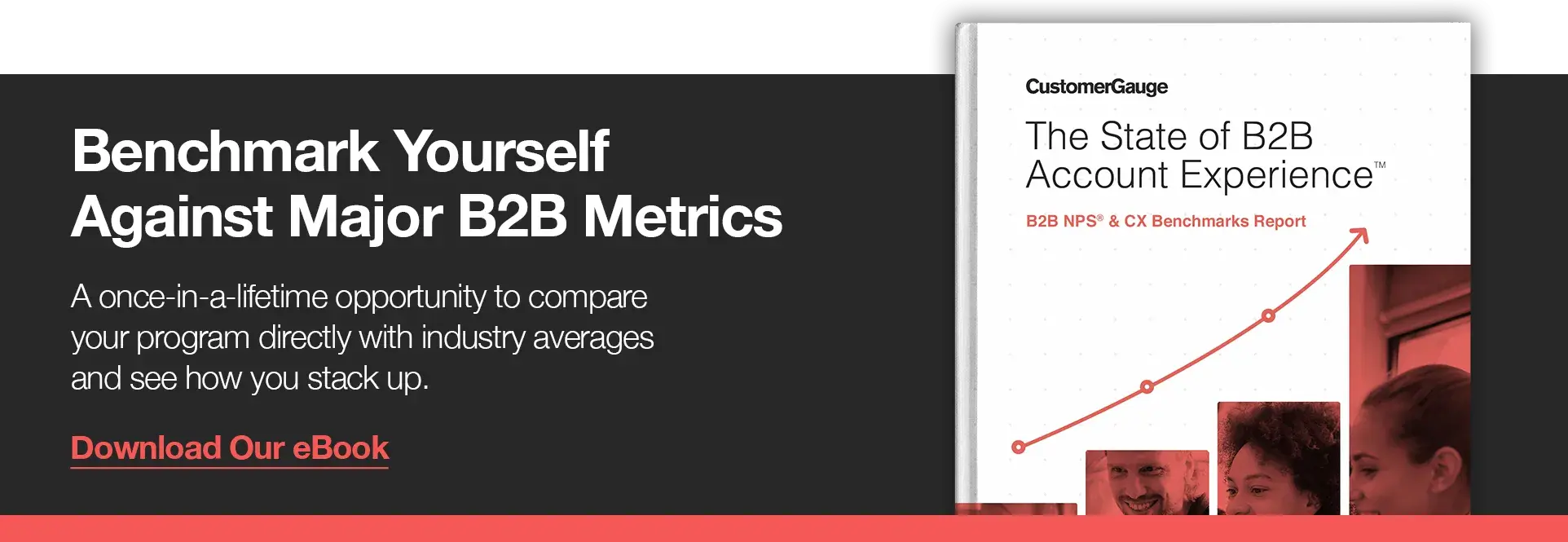
Want to know NPS scores for all major industries? Get the most comprehensive B2B NPS benchmarks guide on the planet here.
How to Improve Your Retail Net Promoter Score
To raise your NPS retail benchmark and achieve your goal of value-based growth, you’ll need to close the loop with every respondent.
Reaching out to Detractors
Detractors should be the first port of call because these are the people most likely to leave you for a competitor and slow your growth through negative word-of-mouth and online reviews. So identifying their pain points and appeasing their complaints is imperative. Sometimes that means providing additional education on your products. Other times, it may mean rectifying a customer service issue.
Read more on closing the loop best practices.
Reaching out to Passives
Their rating may not count towards the calculation of your NPS, but that doesn’t make passive responses irrelevant. You need to earn their loyalty and ensure they move the right way up the scale to become loyal and satisfied customers who will help you grow, rather than becoming a detractor.
Be sure to:
Address every comment
Provide additional information to alleviate misunderstandings
Instruct them on how to use your products better
Highlight upcoming improvements that match their needs
Reaching out to Promoters
Keeping your happy customers happy takes effort, but if you treat them well and show gratitude for their input, the benefits go both ways.
Promoters have indicated they're so happy they would recommend you—this level of customer health is an opportunity to really grow your revenue using NPS.
Be sure to:
Thank them for their input
Ask for friends, family and colleague referrals
Ask for online reviews and shares on social media
Best Practices for NPS in Retail
If you follow the steps above but don't see growth within your program, then you’re doing something wrong.
Here’s a list of reminders and best practice tips to ensure you get it right!
Use your NPS as an operational management tool, not just a market research tool - Use regular relational NPS surveys to continuously take the temperature of customer relationships and ensure issues are not ongoing.
Get company-wide buy-in - Companies with successful NPS programs are three times as likely to share results internally. From entry-level to CEO, your NPS results and goals should be transparent.
Engage and motivate your employees - Stop churn within your organization by using Employee Net Promoter (eNPS).
Tie your NPS to revenue and referral marketing - For every 1 NPS point, you should be able to attribute a portion of revenue increase.
Automate processes to reduce cost and errors - Minimize time and effort and maximize accuracy and actionability by automating as much of your NPS program as possible.
NPS Retail Trends Over Time
Retail brands must always be aware of the latest consumer trends so they can be proactive in maintaining and increasing their NPS scores. We recommend downloading our NPS& CX Benchmarks Report for the most detailed analysis. In the meantime, here are some of the biggest retail trends to look out for in 2022.
The continued rise of social media - Social media activities mean that brands need to listen more carefully and be involved in online conversations and feedback outside of NPS surveys - especially in switched-on target markets.
Live commerce - Savvy brands already know that omnichannel retail experiences are a must. However, IDC analysts predict that by 2023, 40% of retailers will integrate live streaming capabilities onto their commerce platforms.
AI-driven CX - Personalization is vital, and researchers estimate that within two years, 40% of the top 500 retailers will use AI-enabled decision-support to drive improvements in key KPIs, including customer lifetime value (CLV), productivity, and profitability.
Sustainability - Green lifestyles are becoming increasingly prevalent. Research by Forrester suggests that between a fifth and half of online shoppers actively look for products that are reusable, made from sustainable or recycled materials, non-toxic or chemical-free, certified organic, or locally made.
Connecting employees with consumers - You can’t keep customers happy without engaged employees. Analysts estimate that in the coming years, 90% of the top 2000 retailers will develop and harness edge computing systems into physical retail stores to reduce costs, increase workforce productivity, and provide better customer experiences.
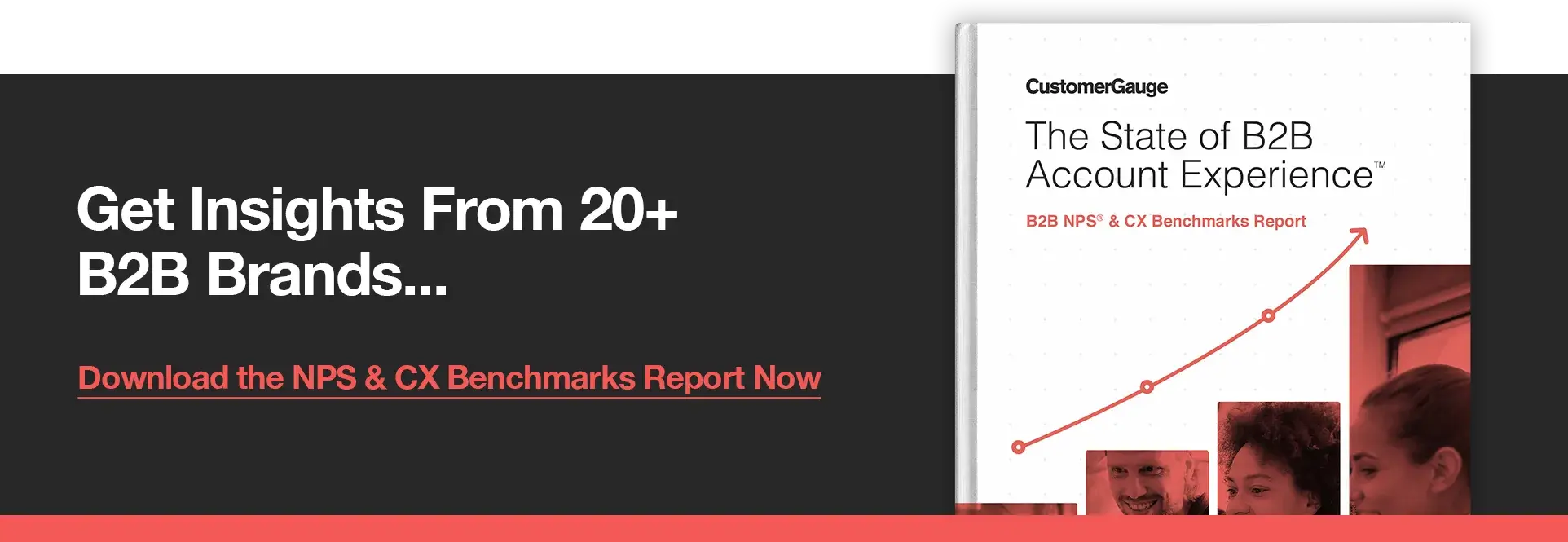
Blog Home





